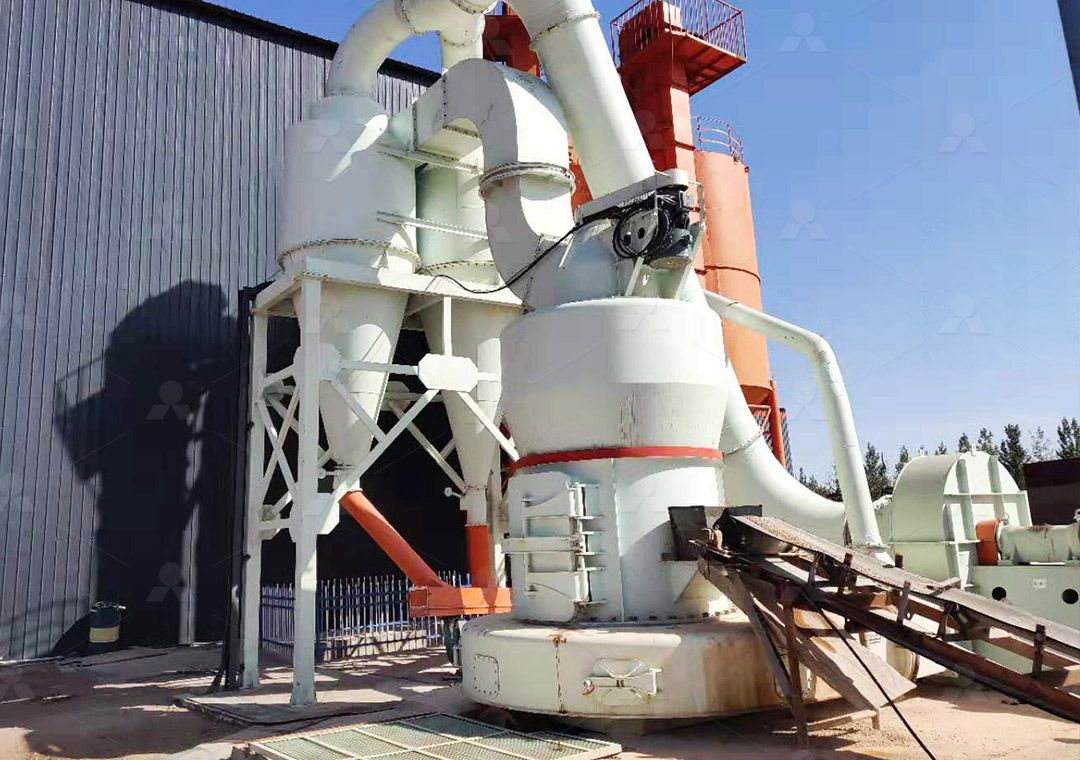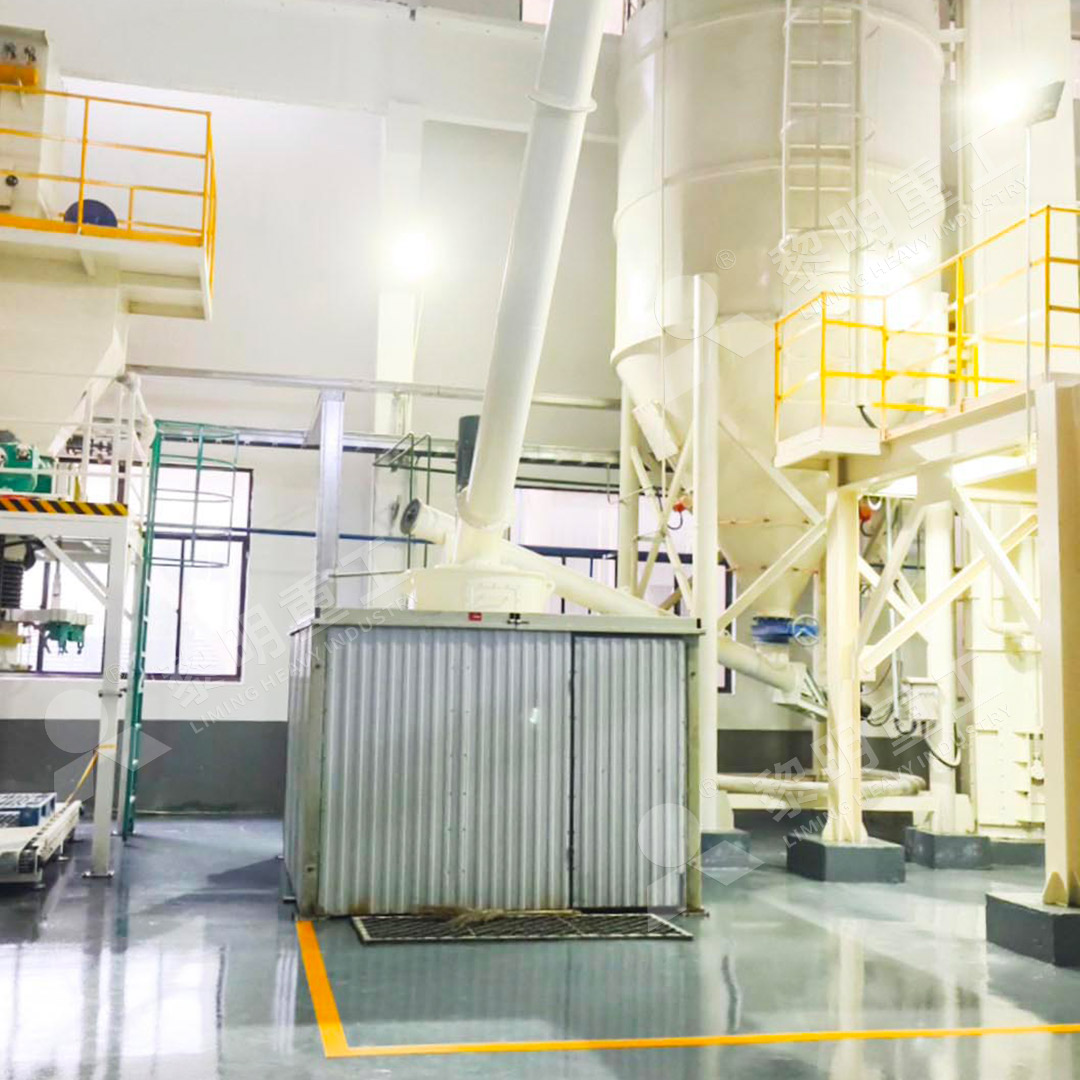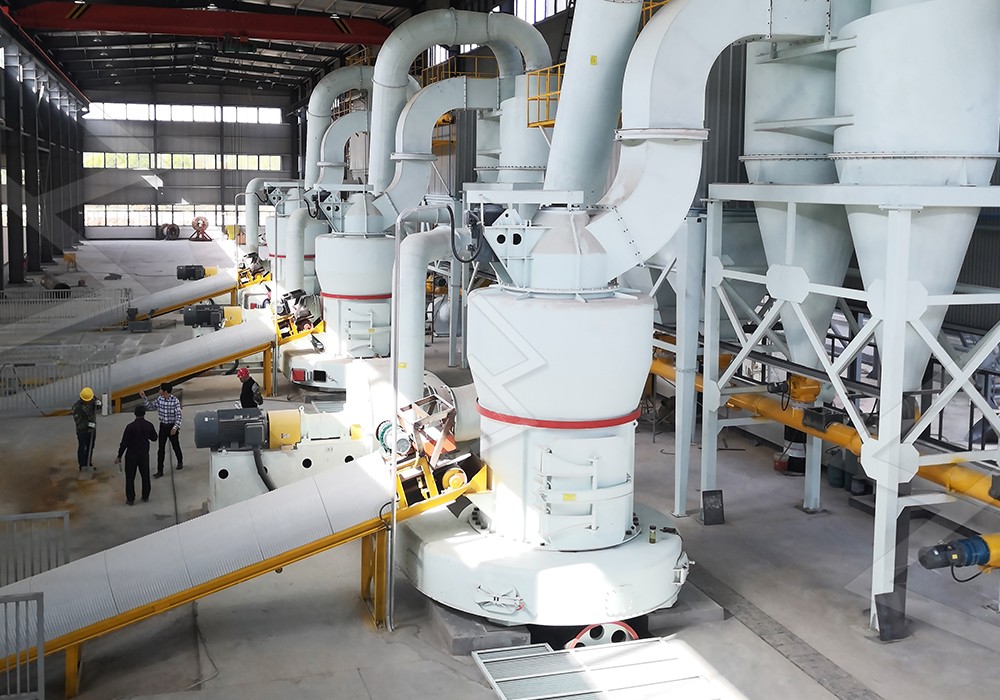Optimizing Carbon Black Powder Production for High-Performance Coatings
Optimizing Carbon Black Powder Production for High-Performance Coatings
In the demanding world of high-performance coatings, the quality of carbon black powder is paramount. Achieving the desired jetness, tinting strength, and dispersion characteristics requires not just high-quality raw materials, but also precision grinding technology. The entire production process, from raw carbon black pellets to the final ultrafine powder, must be meticulously controlled to ensure consistency and superior performance in applications ranging from automotive paints to industrial protective coatings.
The Critical Role of Particle Size and Distribution
For coatings formulators, the particle size distribution (PSD) of carbon black is a critical performance indicator. A narrow PSD ensures uniform dispersion within the resin matrix, leading to enhanced color strength, improved UV stability, and better overall coating integrity. Traditional grinding methods often struggle to achieve the necessary fineness—typically requiring a d97 of less than 10 micrometers—without introducing excessive heat or metallic contamination, which can degrade the carbon black’s properties.

This is where advanced milling technology makes all the difference. Older technologies like ball mills or even some Raymond mills can lead to broad particle distributions and potential contamination. The industry is therefore moving towards more sophisticated, controlled grinding systems.
Introducing the MW Ultrafine Grinding Mill: A Game-Changer for Precision
For producers seeking to elevate their carbon black powder quality, we highly recommend our MW Ultrafine Grinding Mill. This machine is specifically engineered for customers who need to make ultra-fine powder with exceptional precision.
Its key advantage lies in its Adjustable Fineness Between 325-2500 meshes. The cage-type powder selector, which incorporates German technologies, dramatically increases the precision of powder separation. This allows operators to dial in the exact fineness required for specific high-end coating applications, achieving a consistent d97≤5μm in a single pass. Furthermore, its design philosophy prioritizes purity and reliability. A significant feature is that there are no rolling bearings or screws inside the grinding chamber. This eliminates a major source of potential contamination from worn bearing seals and prevents machine damage from loose screws, ensuring the carbon black remains uncontaminated by metallic particles.

Beyond Fineness: Efficiency and Environmental Compliance
Modern production isn’t just about quality; it’s also about efficiency and sustainability. The MW Mill excels here as well. It boasts Higher Yielding at Lower Energy Consumption, with production capacity up to 40% higher than jet mills and energy use only 30% of a jet mill’s consumption. This translates to a significantly lower cost per ton of processed material.
Moreover, carbon black is a challenging material to handle from an environmental and health perspective. The MW Mill is equipped with an efficient pulse dust collector and muffler, ensuring that no dust pollution generates during operation. This creates a safer working environment and ensures full compliance with stringent national environmental protection standards, making the entire production process cleaner and more sustainable.
Conclusion: Investing in Quality from the Ground Up
Optimizing carbon black production is a strategic investment for any company serving the high-performance coatings market. By moving beyond conventional milling solutions and adopting advanced technologies like the MW Ultrafine Grinding Mill, producers can achieve unparalleled control over particle size, maximize product yield, minimize operational costs, and maintain an environmentally responsible operation. This results in a superior carbon black powder that allows coatings manufacturers to develop products with deeper jetness, stronger tinting power, and exceptional durability, giving them a critical edge in a competitive marketplace.

